10 tips for building creative confidence in your art
Find your own artistic voice with advice from MoonActive Studio’s Lynn Chen.
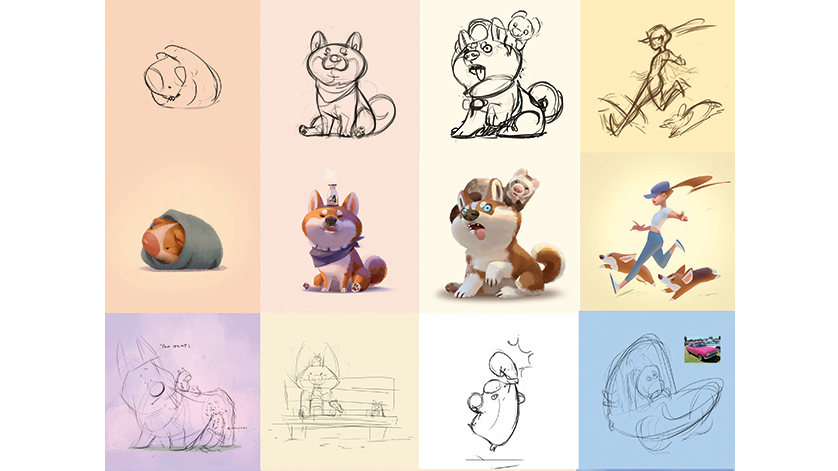
Artists often stress about finding their style. I'm here to tell you not to! Seriously, don't stress about finding your style; it will emerge naturally as you build your skills.
With that in mind, what I will suggest are a few pointers that could help you find your path to faith in your own creative abilities. If you need new tools for the process, see our picks of the best digital art software and the best drawing tablets.
Think you don't have the time to practise your art? See our suggestions for 5-minute creative exercises that anyone can do.
01. Personal projects

Start a project of your own. Personal projects take away all the pressure from school or work and give us some extra space to experiment, and fail and grow as artists through experience.
02. Be true to yourself
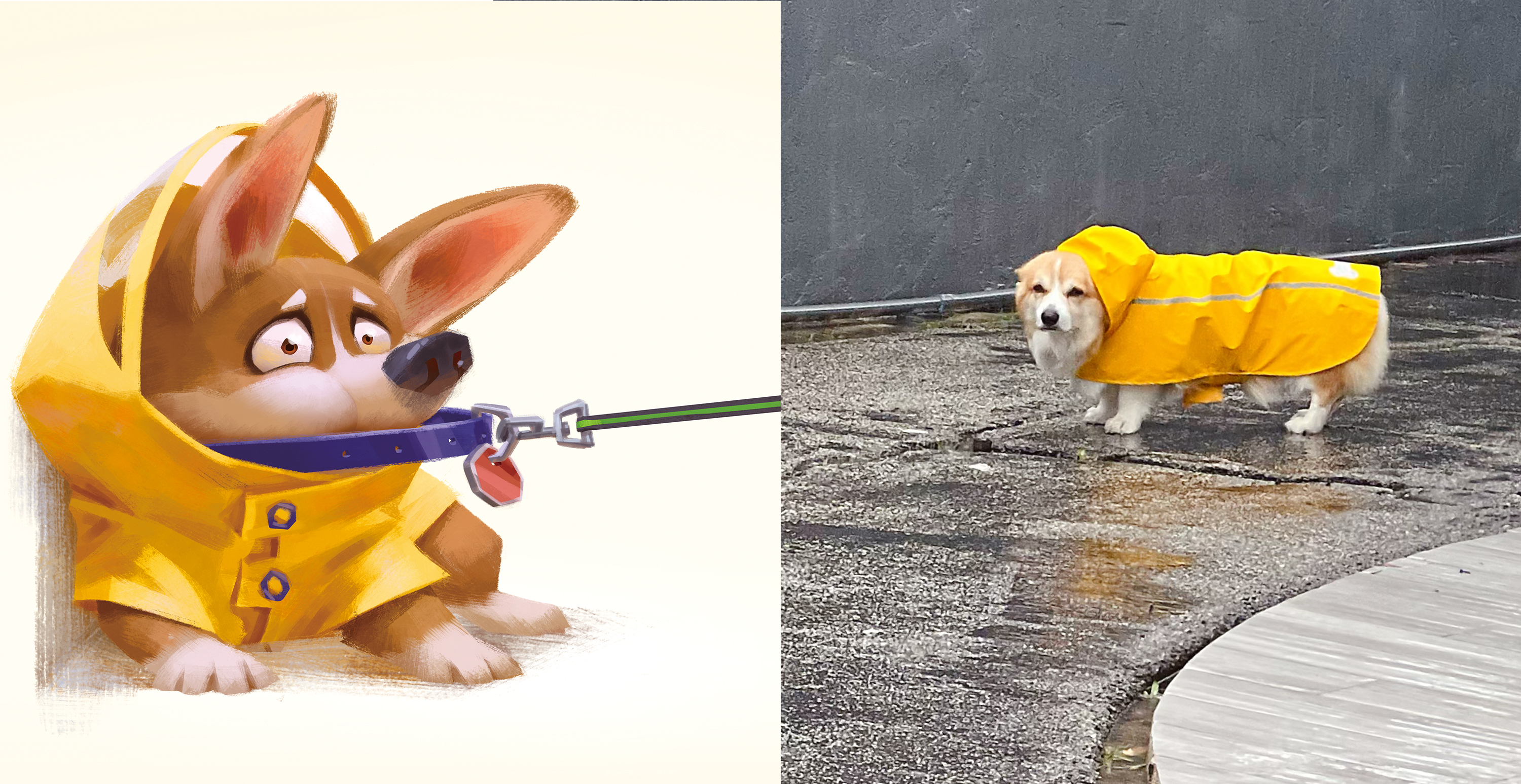
Focus on the subjects that you’re truly passionate about. Everyone’s experience, tastes and inspirations are different – that’s what makes us unique. Keep working on things you love, and the audience will feel your passion.
03. Take notes from life

Observe the beauty around you every day. A beam of light, a reflection on the table; these small moments can inspire a whole new painting. They could come from anywhere, whether you’re at home or waiting in an airport lobby.
04. Stay fresh
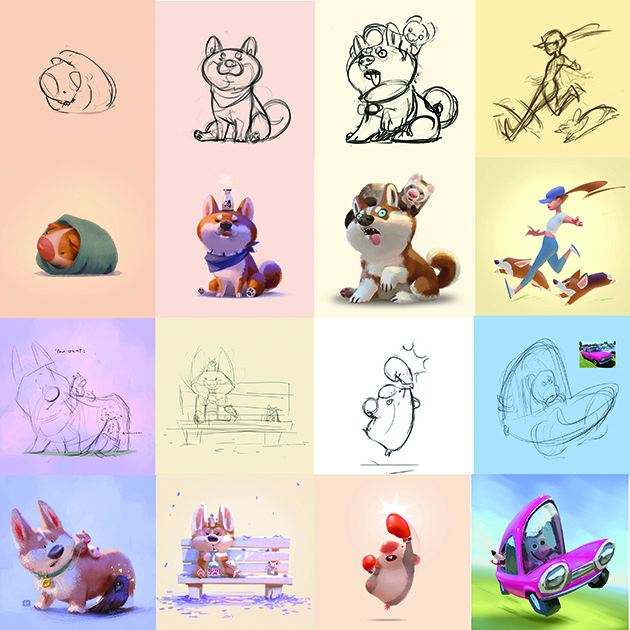
Here are some little 10-minute sketches that I made in the mornings, and a few paintings completed in under an hour during the evening. Getting in a bit of practice every single day gets us in the creative state of mind so we’ll be able to dream up more ideas.
05. Styles will find you

Art style comes as the result of your fundamental knowledge, personal taste and muscle memory. Keep up with the hard work and you’ll find that your voice is there already. Even my own style has changed over the years.
Dynamic light and colour
Make your images shine with realistic lighting
06. Break down the lighting

Simplify a scene to two or three lights: a key light, ambient light, and a third like a bounce or rim light.
07. Temperature

Push the differences in light temperature. For example, a warm key light plus a cool secondary light. Exaggerating the warm and cool contrast will push the vibrancy of colours.
08. Shadow colour
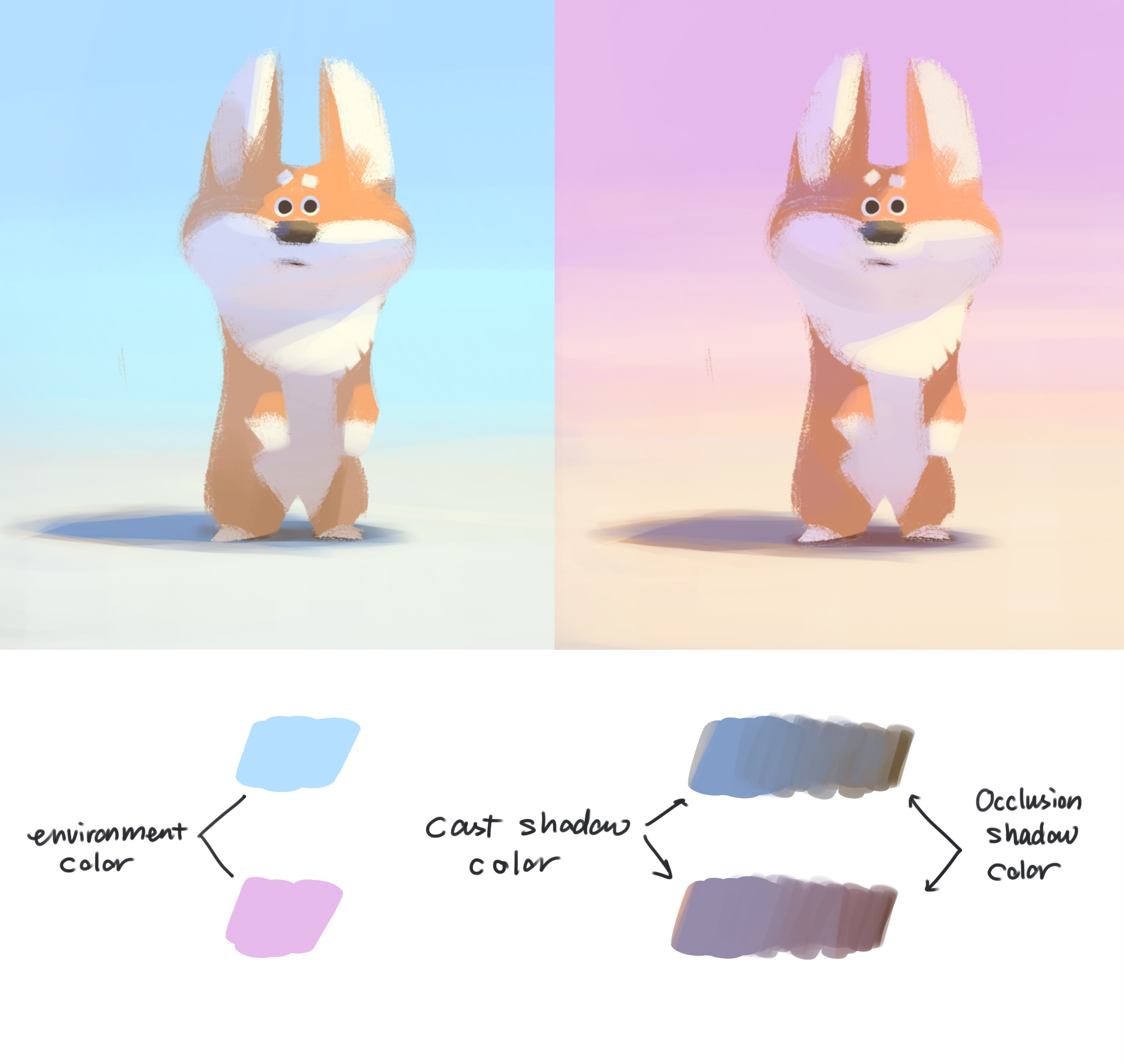
Casting shadow tends to pick up ambient light, and occlusion shadow tends to be dark but warm. This difference increases the shadows’ dynamics.
09. Paint the sun
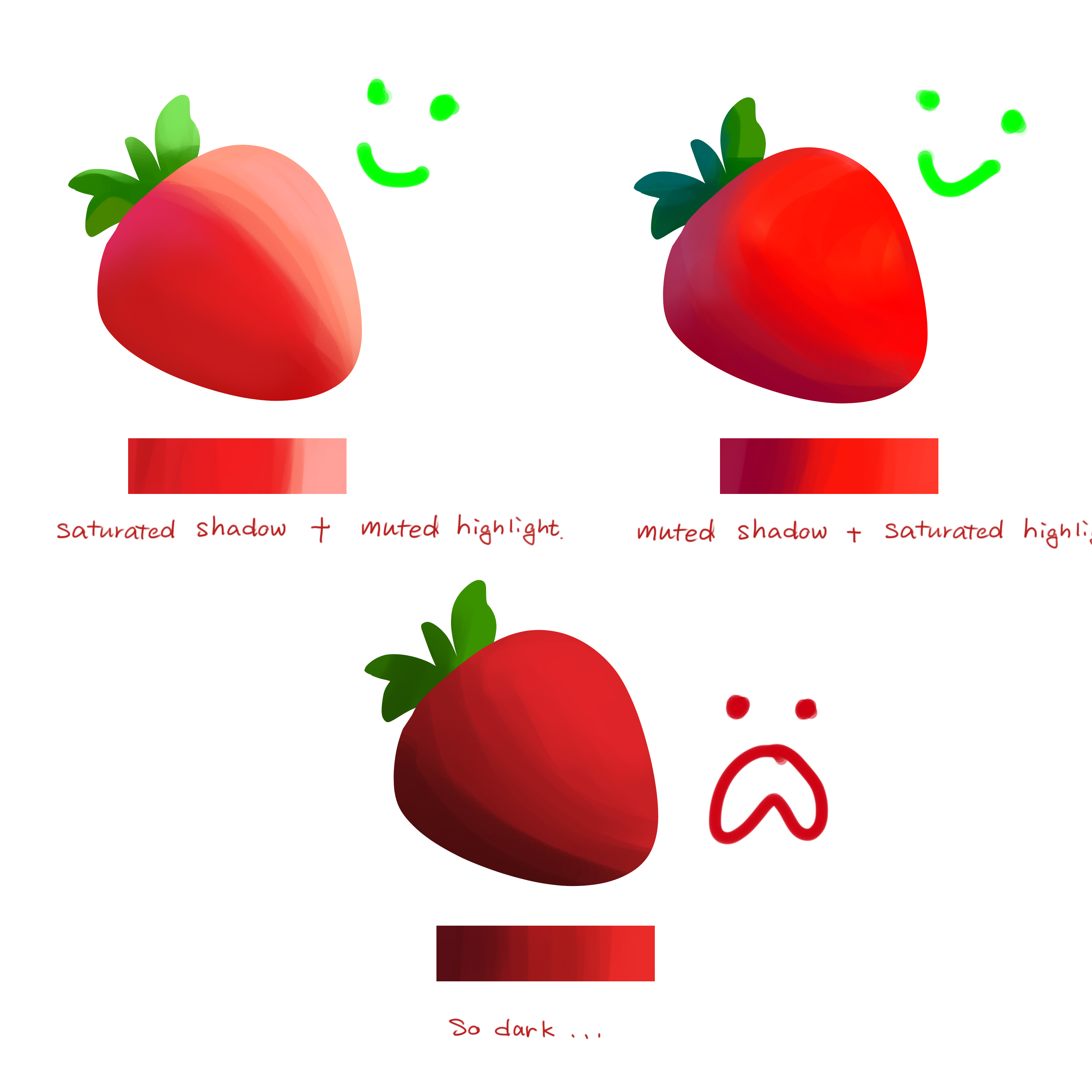
There are two ways to paint bright light on objects: bleached highlight and saturated shadow, or saturated highlight and muted shadow.
10. Light tracing
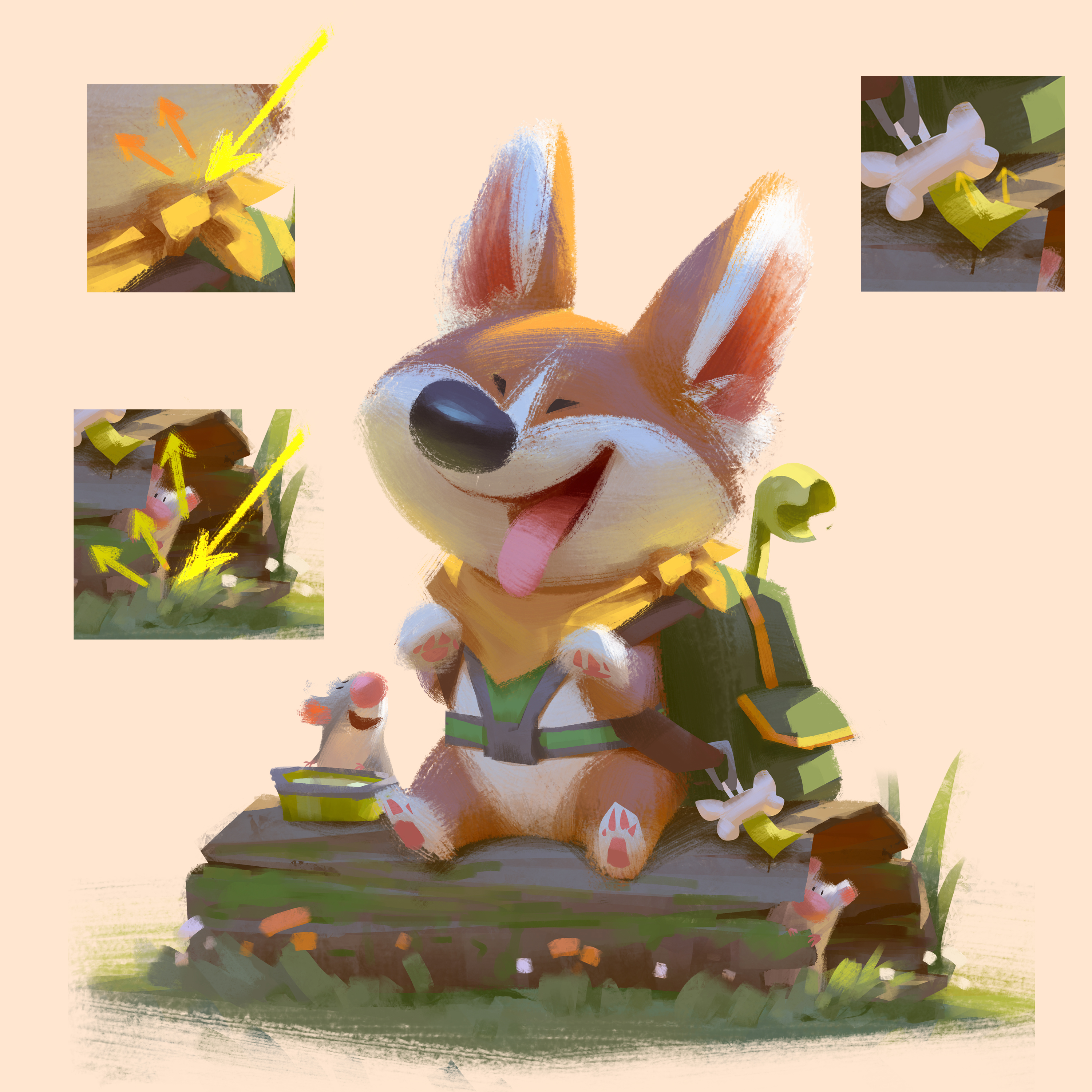
Lighting will bleed and change the colours of surrounding objects. Track each light and paint the bounce light on surfaces to ensure lighting is dynamic and brings life to the image.
Get more tutorials in ImagineFX
This content originally appeared in ImagineFX magazine, the world's leading digital art and fantasy art magazine. ImagineFX is on sale in the UK, Europe, United States, Canada, Australia and more. Limited numbers of ImagineFX print editions are available for delivery from our online store (the shipping costs are included in all prices).
Daily design news, reviews, how-tos and more, as picked by the editors.
You must confirm your public display name before commenting
Please logout and then login again, you will then be prompted to enter your display name.

